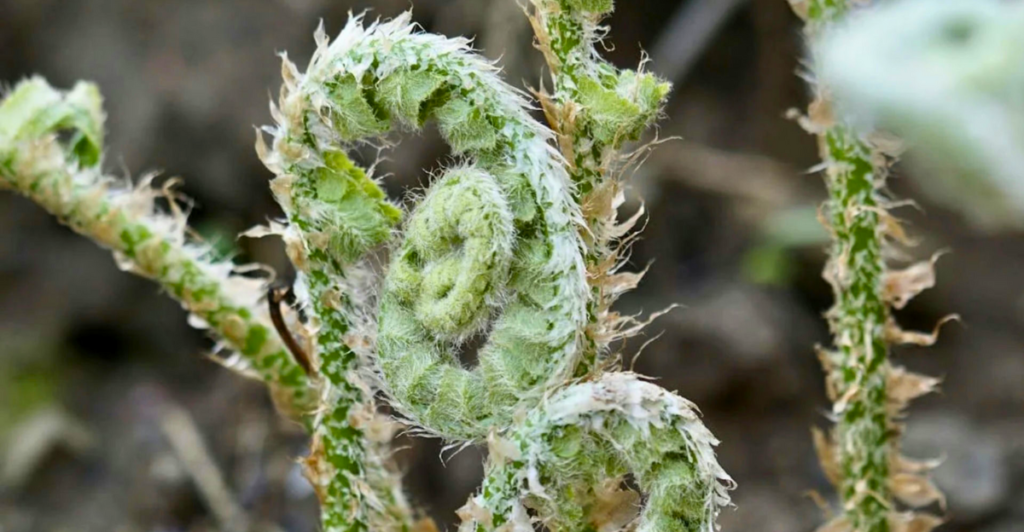
Evolution is considered a one-way process, but a recent study revealed that some ferns use two reproductive strategies to evolve “backward.” This discovery defies traditional ideas of evolution and opens the door for more complex thinking about how organisms can change over time.
The Basics of Evolutionary Theory
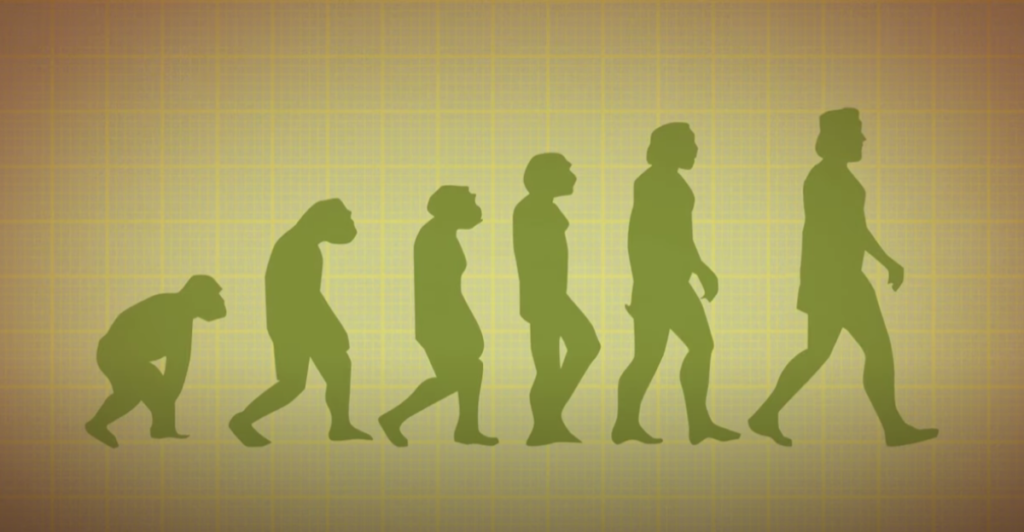
Evolutionary theory posits that evolution is a one-way process in which organisms adapt and change in one direction toward a more complex form than before. In short, it is decent, with modifications that amass over time, creating a stronger, more advanced organism. Previously, evolution has been thought of as a straight and predictable path forward.
What Does ‘Backward Evolution’ Mean?
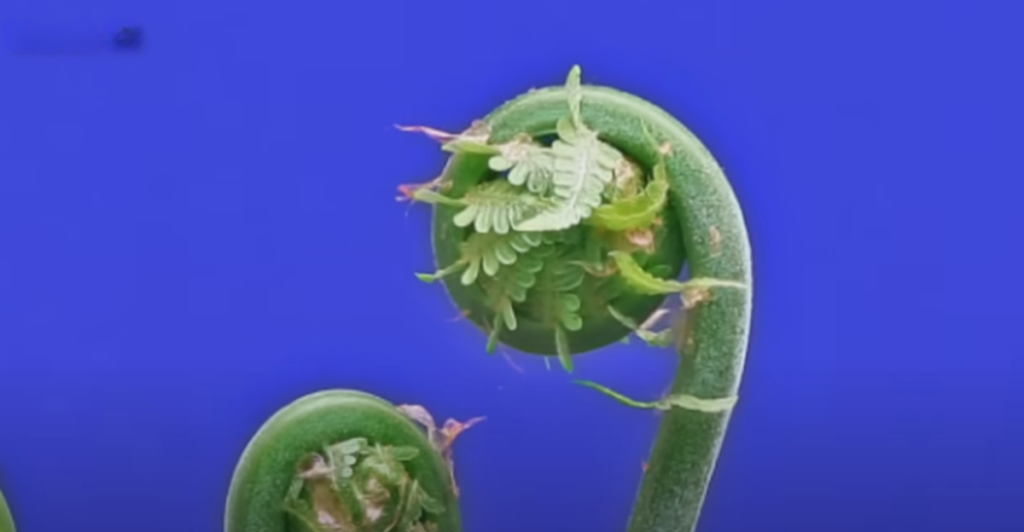
Species with a one-way evolutionary path may struggle to adapt to environmental changes, therefore this discovery of “backward evolution” means that ferns can conform to rapidly changing environments. In doing so, the plant can revert to a more simplistic reproduction process should it need to in any given environment.
Understanding Ferns

Ferns are relatively flexible plants due to their lack of seeds, flowers, and fruits. This distinguishes ferns from other plant species that combine reproduction and photosynthesis on one single leaf—a process called monomorphism. Because ferns lack seeds, they can adapt their spore-producing mechanisms, showcasing a remarkable evolutionary plasticity.
How Scientists Made the Discovery
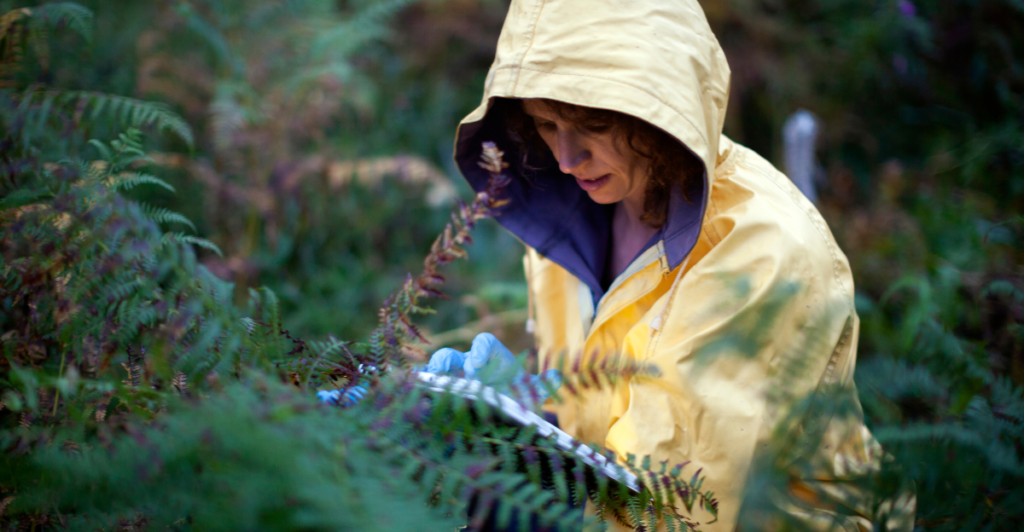
Scientists Jacob Suissa, an assistant professor at the University of Tennessee, and Makaleh Smith, a former undergraduate research intern at Harvard University, were studying whether one-way reproductive evolution was true in all plant species. To their shock, they found that ferns in the Blechnaceae family, also called “chain ferns”, had reproductive strategies that had evolved to use monomorphism and dimorphism.
How ‘Backward’ Evolution Happens

Ferns exhibit two main reproductive strategies: monomorphism and dimorphism, the process of using one leaf for photosynthesis and another for reproduction. The pair observed that multiple fern specimens had evolved to use highly specialized dimorphism processes but then would revert to using generalized monomorphism strategies as well. Ferns do this by modifying where spore-producing structures are placed on their leaves. This ability is due to their lack of seeds.
The Evolutionary Pathways of Ferns
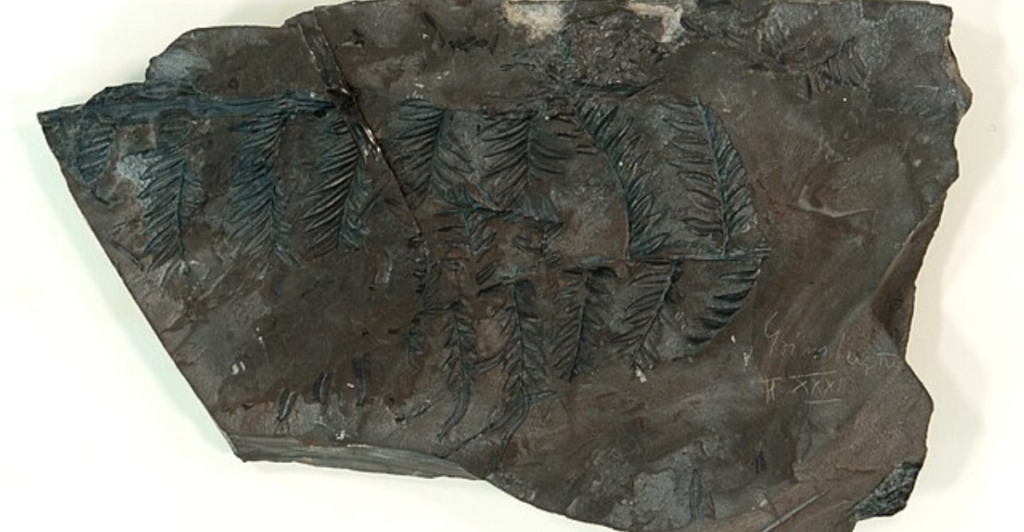
Historically, fossils show that plants developed more specialized reproductive and photosynthetic functions over time. Plant lineages in the past have moved from spore-bearing mosses to ferns to flowers, with the flowers often seen as the end goal of botanical evolution. The study, however, suggests that ferns have moved beyond this idea and can even go backward in the evolutionary path.
Implications for Our Understanding of Evolution
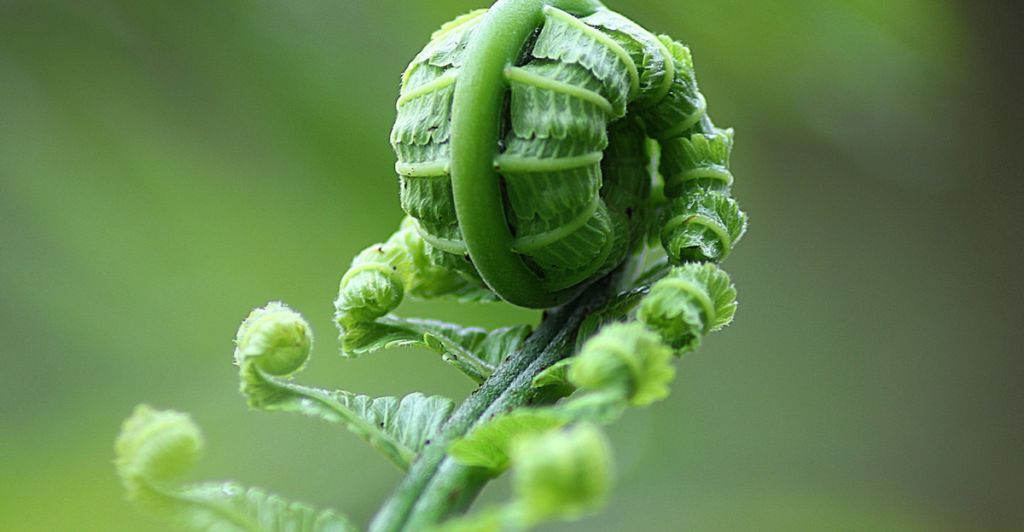
Understanding how ferns evolve backward can provide valuable insights into how organisms respond to a changing environment. The study’s results tell us that evolution is more dynamic than we previously thought. They suggest that evolution is non-linear and that it is not necessarily constricted to one path or endgame.
Why Backward Evolution Matters

Suissa explained that “In today’s rapidly changing world, knowing which organisms or traits are ‘locked in’ could be important for predicting how species respond to new environmental challenges and human-imposed habitat changes.” By studying ferns’ adaptability, scientists gain insight into how the environment and other changes affect an organism’s evolution.
Implications for Other Plant Species

The study’s findings indicate that not all reproductive evolution and specialization in plants is irreversible. “Instead, it may depend on how many layers of specialization plants have acquired over time,” wrote Suissa in an article for The Conversation. The study suggests that plant evolution does not necessarily end when a flower is produced after a linear progression, but rather that it can reverse its functioning, going back to a previous state when its environment calls for it.
Are Other Species Capable of Backward Evolution?
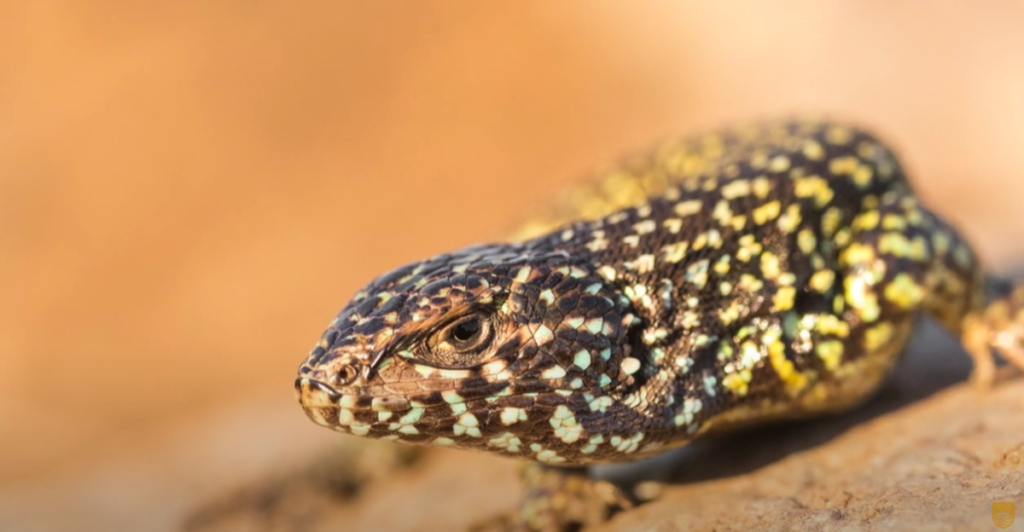
Suissa explained that “once species evolved reproductive structures such as seeds, cones, and flowers, they did not revert to simpler, undifferentiated forms.” The fern being the only known exception to this evolutionary rule. However, there is a documented case of a Liolaemus lizard that evolved backward to lay eggs after previously adapting to birthing live young.
Challenges to Evolutionary Assumptions

Early theories included “progressive evolution,” which suggests that each generation is more advanced and sophisticated than the one before it. Dollo’s law suggests that evolution is a one-way street, meaning that backward evolution is impossible even if an organism can no longer progress past a certain point. This new discovery proves Dollo wrong and offers up the idea that evolution has no correct direction. Instead, evolution is now seen as a tangled web, with changes occurring in many directions.
Rethinking Evolutionary Theory

Based on the study conducted by Suissa and Smith, chain ferns have changed the way we understand the evolution of organisms. The study revealed that there is more to evolution than simple progression and forward movement. Instead, it indicated that organism change is more complex and can go in many different directions.
Discover more of our trending stories and follow us to keep them appearing in your feed

California Is Breaking Apart: A Fault Line Is Forming Faster Than Anyone Predicted
The ‘Dragon Head’ Hominid Discovery in China Challenging the Out of Africa Theory
“There Will Be Eruptions”: Concerns Mount as Yellowstone Supervolcano Activity Shifts
Deepest Hole On Earth Permanently Sealed After 2 Billion Year Old Discovery
References:
Reference 1
Reference 2
Reference 3
This article first appeared here
Stay connected with us for more stories like this! Follow us to get the latest updates or hit the Follow button at the top of this article, and let us know what you think by leaving your feedback below. We’d love to hear from you!







